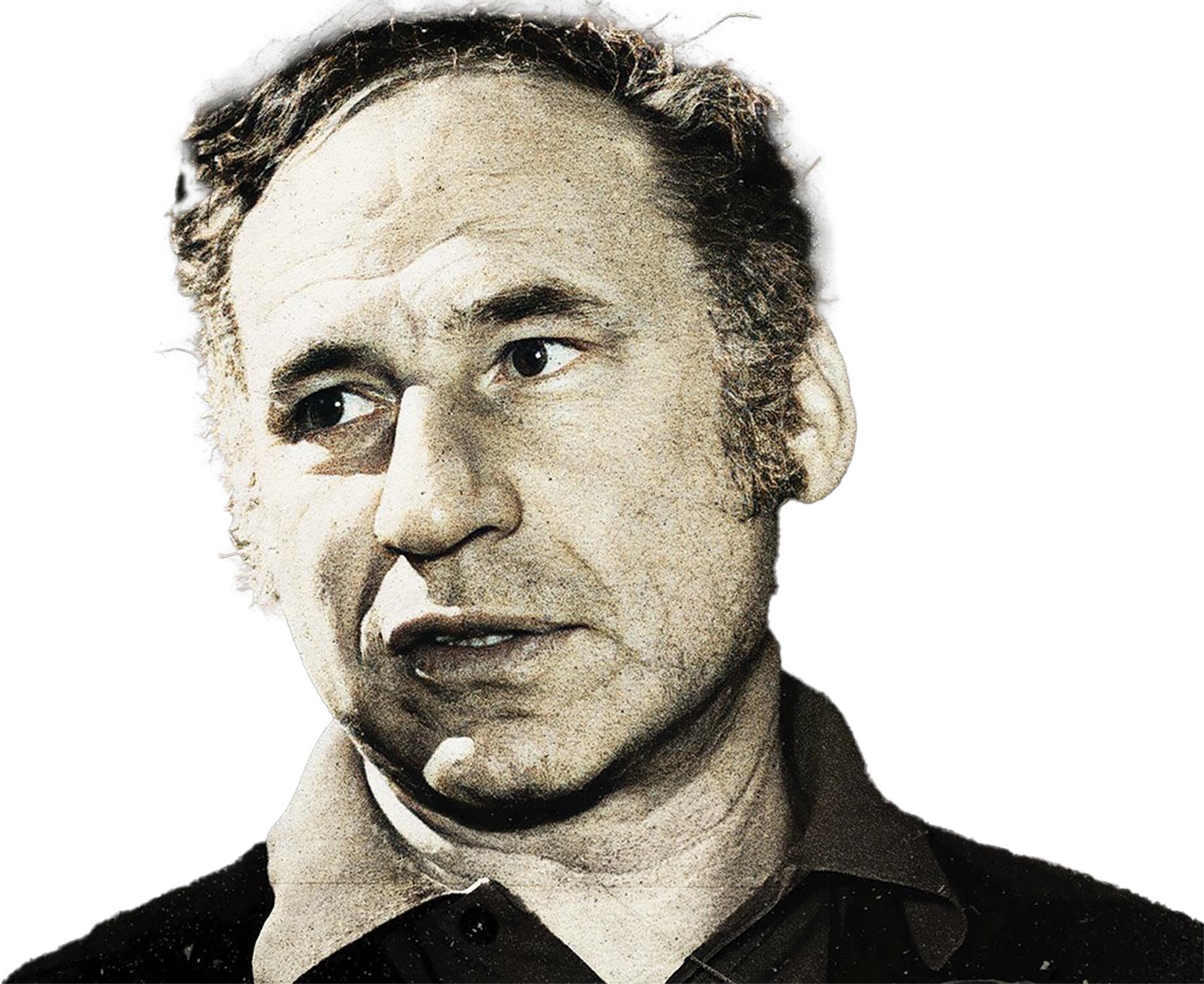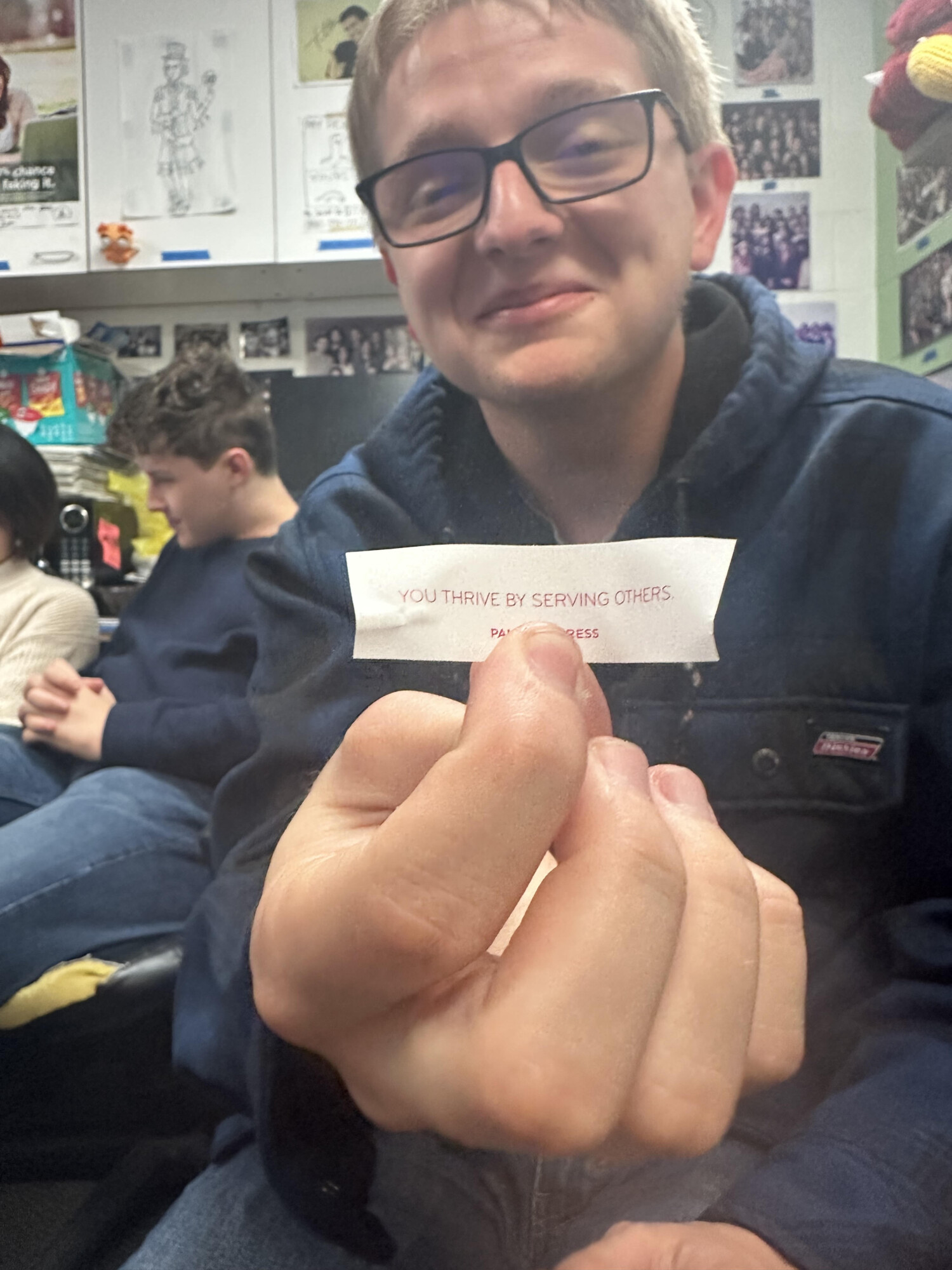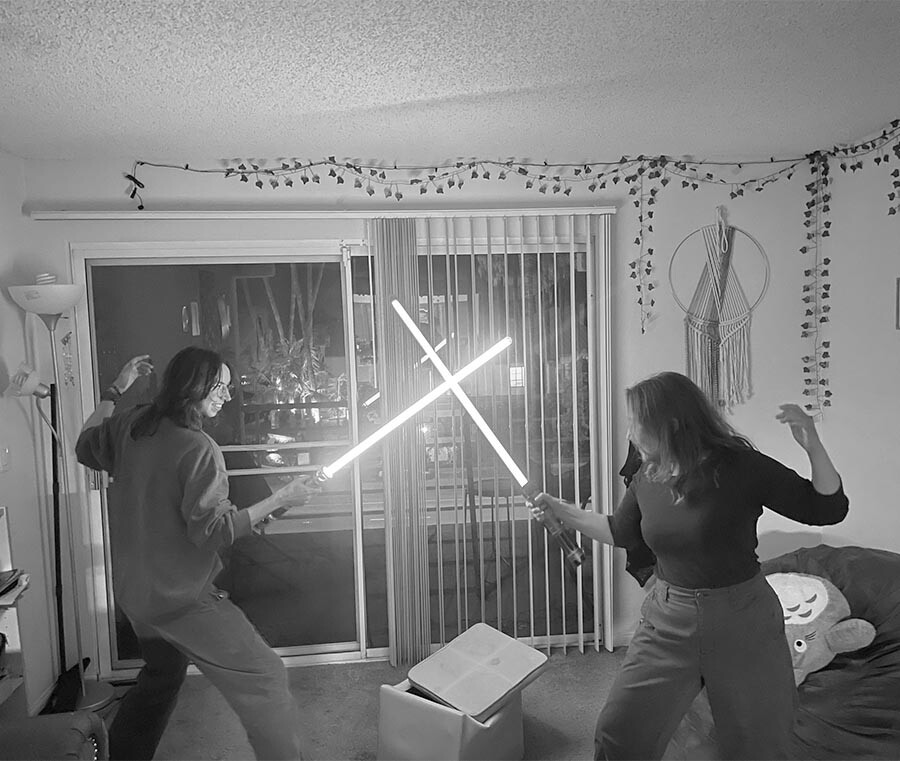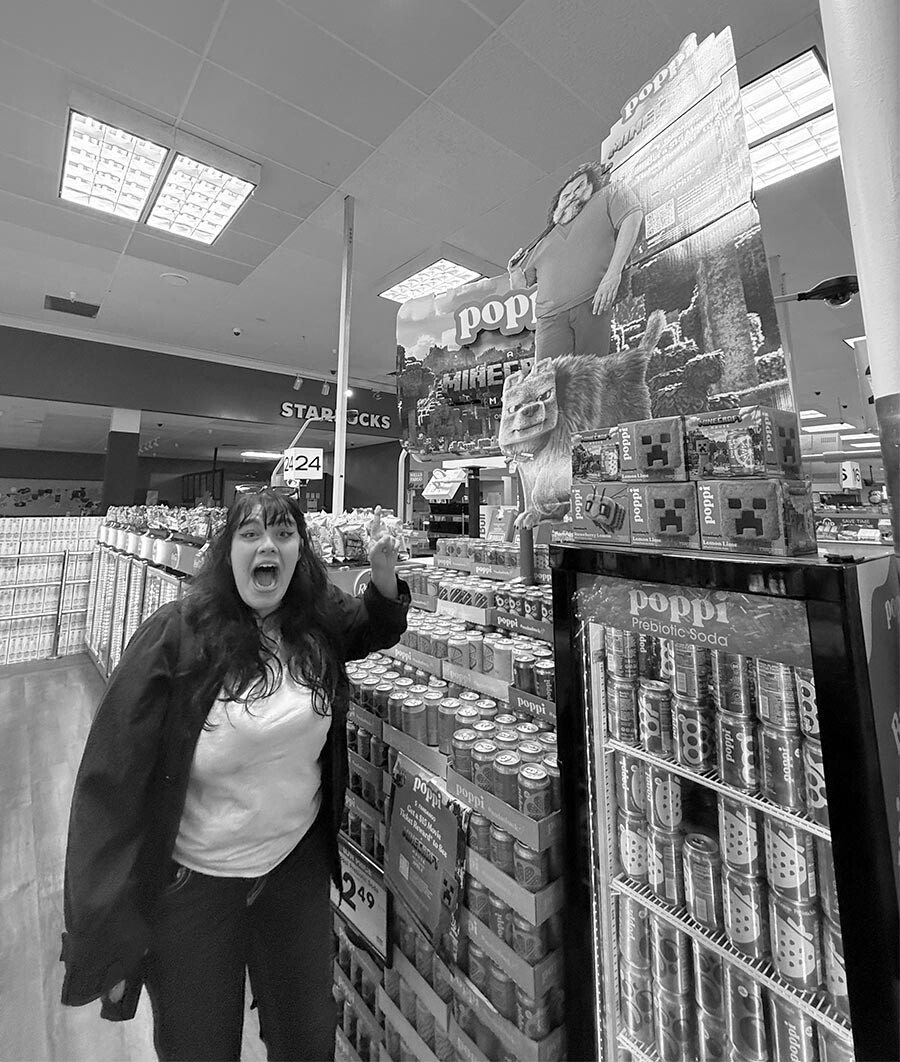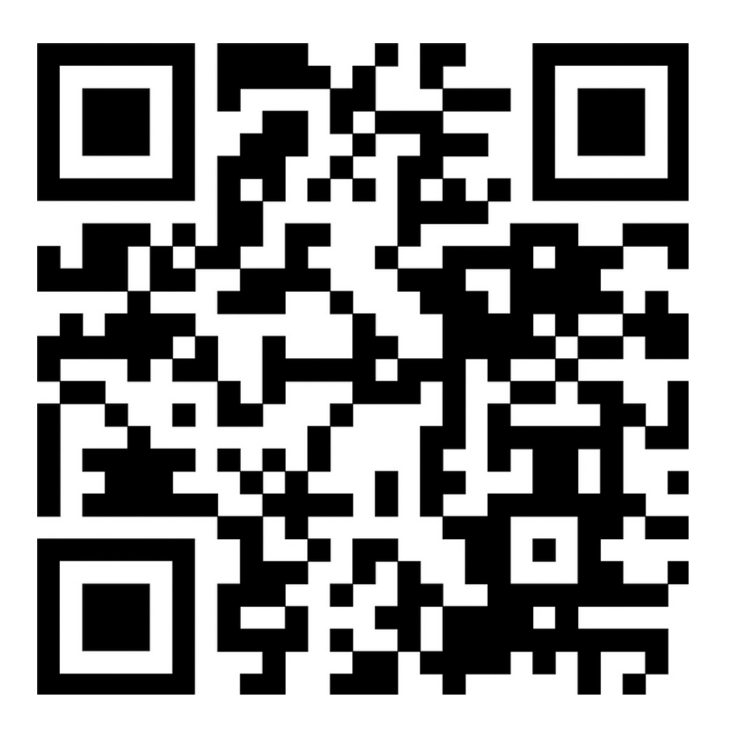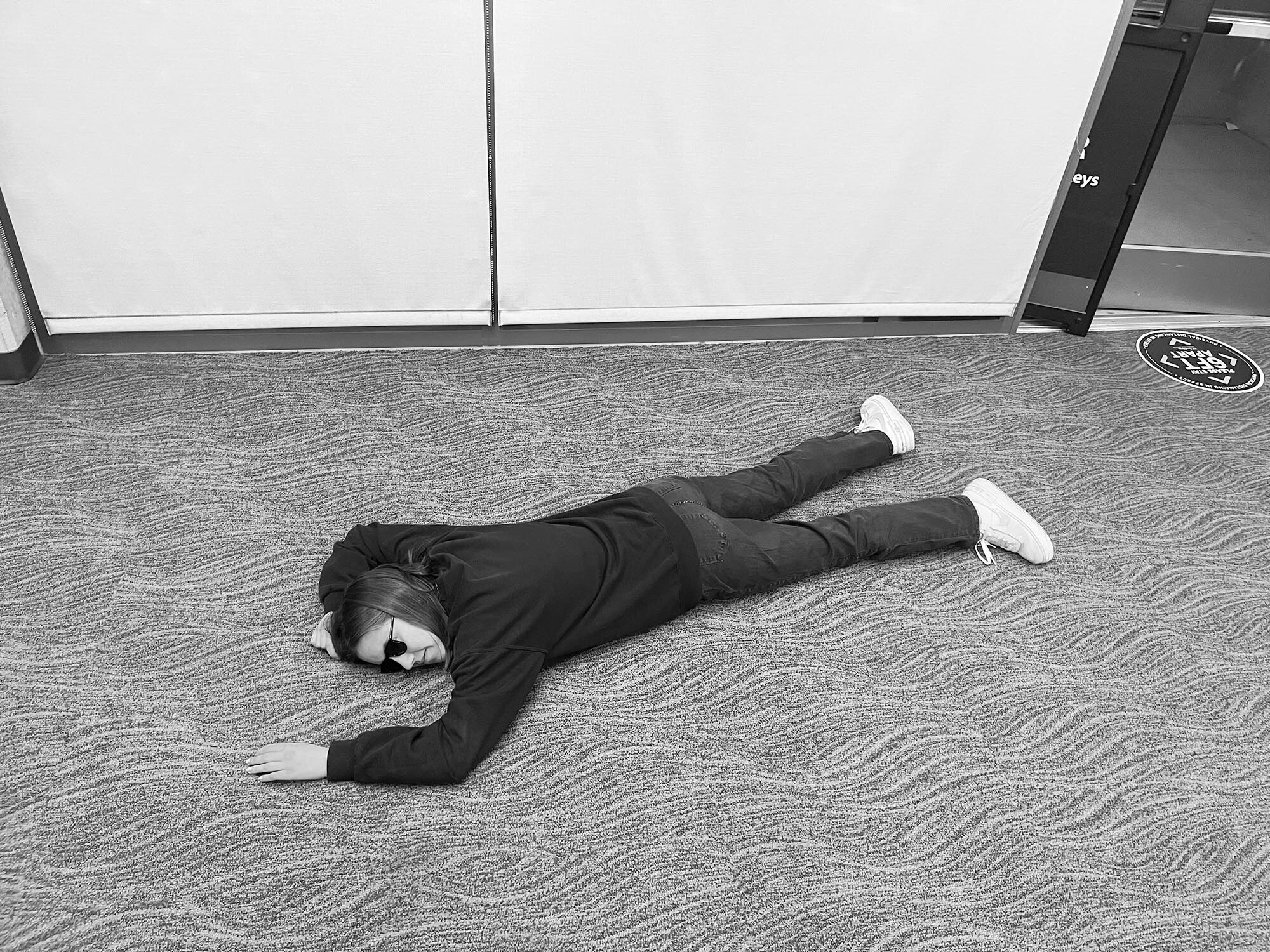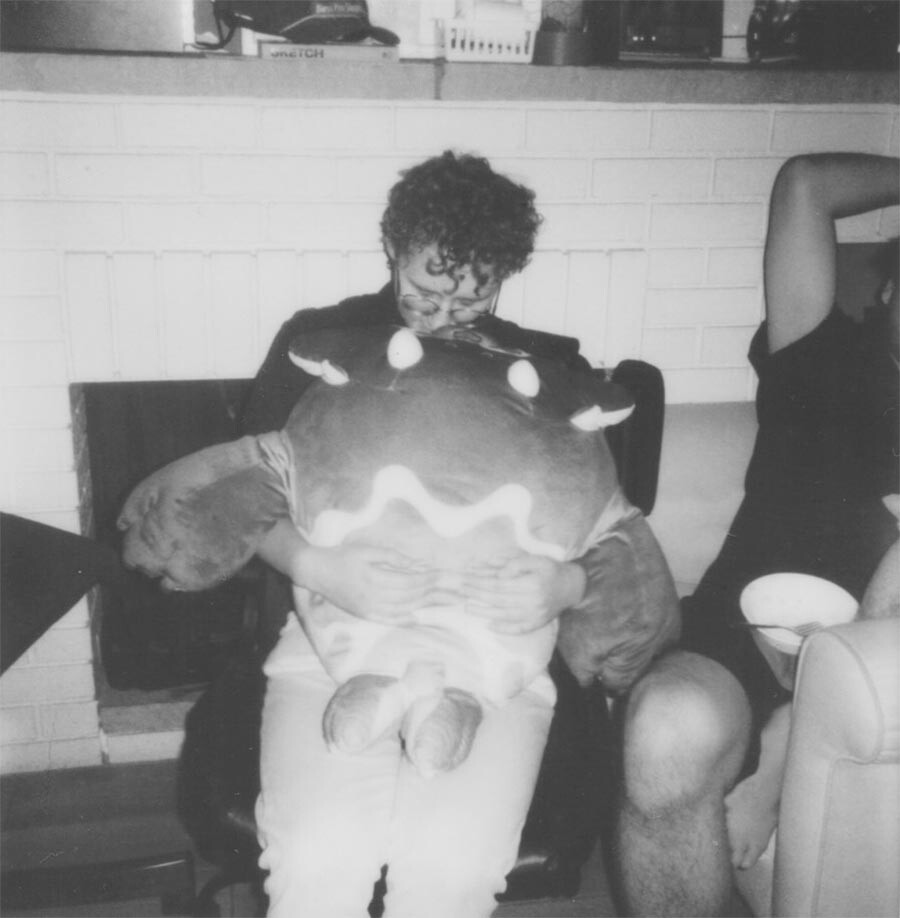
“Get 11 haircuts and your 12th one is the same price as the other 11! Wouldn’t want you
to stand out,” said one local barber.
Photo by Liv Gilbert
With the revival of Y2K fashion beginning to die down as winter approaches, many students are eagerly awaiting the newest style trends of the season. One particular Marshall student, however, has decided to take matters into his own hands with a style simply known as “mediocrities,” that has taken UC San Diego youth by storm.
Mediocrities, originating from the Latin term for “intermediate state,” was historically a niche subculture only practiced by the most devoted of fashion lovers, but a new buzz for the trend was sparked last week when second-year Marshall student Chase Shep came to class sporting a brand new look. “Yeah, I stole the haircut from this billionaire podcaster I’m following,” Shep said. “I could see the taper line around the ears was kind of crooked on his post, but it wasn’t like a totally bad haircut by any means. It was just alright, I guess. But, I mean, he’s the billionaire. To get into the grindset, I gotta follow the grindset.”
The look, informally known as the “Look,” has since become a sensation among students, with thousands flooding into barber shops around UCSD and the greater San Diego area. “We only have about five minutes per customer to accommodate everyone,” said a local La Jolla barber. “But it’s strange, they seem to love it anyway. In fact, they usually tip more the less time we spend cutting their hair.”
As the haircut has gained more traction, many “mediocriters” have attempted to add their own spins on the look. Followers of the “Cowlick Crew,” a popular subculture inspired by breaking and entering paparazzi photos of celebrities, have attempted to add even more lethargy to their appearance by going to sleep right after they shower with wet hair. Another group, the “Rat Pack,” has taken inspiration from various celebrity after-party looks by using mousse hair spray to make their curls appear conventionally worse, thereby “sticking it up” to unconventional standards. Some have even attempted to bring the trend beyond just hair, with a group formally known as the “Lazy Bastards” opting to spill a few droplets of their morning coffee onto their sweatshirts to mimic the new Beverly Hills “Instagram-ably unpretentious” appearance before going out.
As for what has caused such a massive explosion in popularity for mediocrities, New York Institute of Fashion professor Bryce Hall commented: “With social media focusing so much on appearance and vanity over everything else, especially amongst the young, this new counter-culture centered around the rejection of conforming to modern social norms is a breath of fresh air. At least that’s what I would say if I had a clue about what’s going on. Go ask a psychologist if you want an answer.”
“What Bryce said,” Reese Geans, a clinical psychologist at the University of California, Los Angeles, weighed in. “It’s just a fad. I’m really hoping it’s not for the long term, because my teenage interns have started coming into work in onesies.”
However, many students have asserted that mediocrities won’t be going away anytime soon, claiming that they will define the generation with popularity akin to the flappers of the 1920s. But at the source of these trends, only one person has the final say on mediocrities. When asked how he felt about his effect on the cultural fashion landscape, Shep’s barber buried his head in his hands: “This is the culmination of my eight years at barber school? I don’t know if I can take it anymore.”

